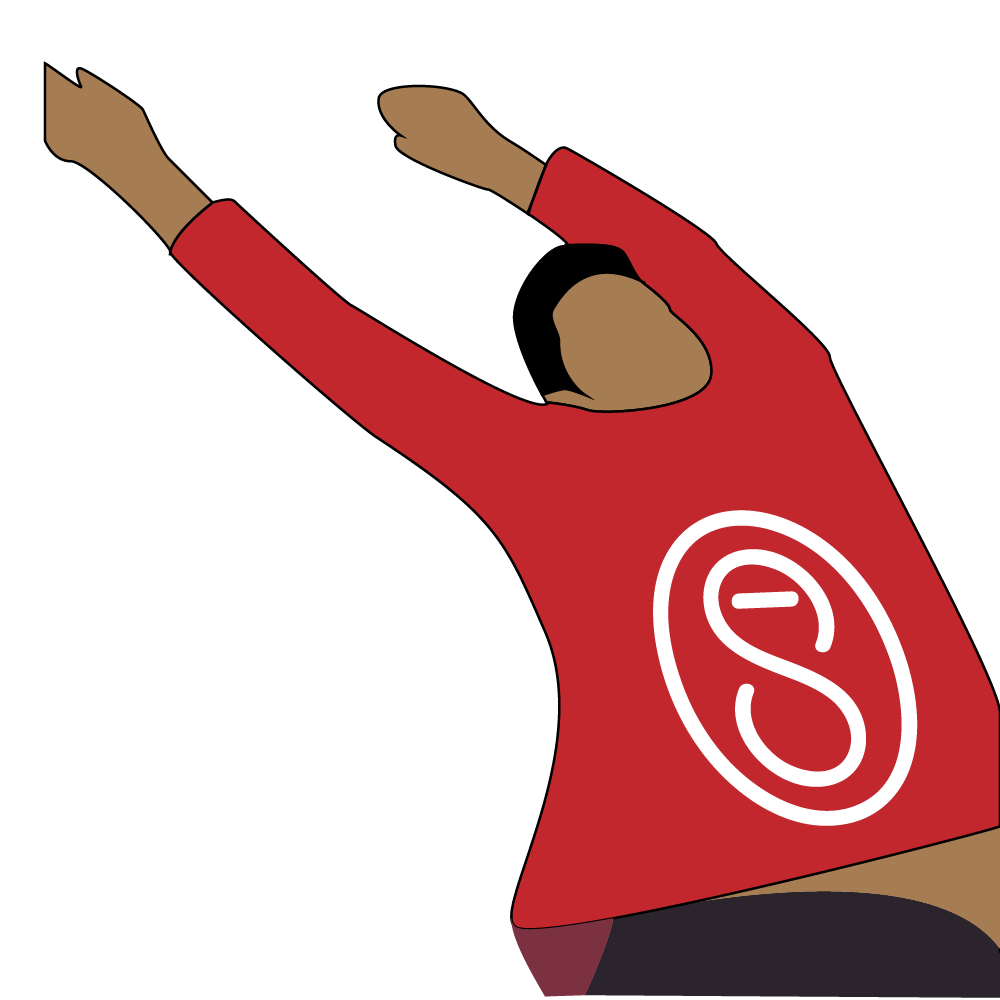The Different Fields in Computational Biomedical Science: A Confused Students Perspective.
For people generally interested in biology, computers, medicine, and engineering there are too many fields for what feels like the same thing. While attempting to figure out what I wanted to do with my life I stumbled across some of these domains and had no idea where they overlapped or which I wanted to do. They all pointed in vaguely the same direction.
I want to talk about the following fields:
- Biomedical Engineering
- Bioinformatics
- Biostatistics
- Computational Biology
- Biomedical Informatics
The fields have a lot in common. They are all a form of biology with varying degrees of math, engineering, and computer science.
Biomedical Engineering
This is the group that works on biology and makes stuff. You learn the fundamentals of engineering like manufacturing procedures, but also how they apply to biological systems. However, what you actually work on can be very broad. My undergraduate courses alone ranged from wearable device development to genetic modification of bacteria.
There are two general sub-domains of biomedical engineering. In medical device development, one creates things like glucose monitors or synthetic cartilage. The other side is focused on methods development to augment biological research with engineering principals.
Biomedical engineering and bioengineering are effectively the same things.
Do this if:
- You want to learn all the undiluted math and physics. Non-engineering majors typically have a less rigorous requirement for them.
- You like the idea of having “engineer” in the title of your degree Don’t do this if:
- You like coding in languages other than MATLAB.
Bioinformatics:
Bioinformatics is charged with the processing of biological data. Before trying it, I didn’t really know what that meant.
Genomics gives one of the clearest examples of why bioinformatics is necessary. If you just took someone’s DNA and had a text file with the sequence laid out, it would mean nothing. You would need to somehow figure out what each A/T/C/G character and its order meant. That’s what bioinformaticians do. Turn the abstract letters into genes, functions, mutations, and other actually usable information.
This involves all the buzz words of computer science like ‘machine learning’ and ‘big data’, but so far in bioinformatics, all I’ve done is connect other people’s tools on high powered computers ( a process called bioinformatic pipeline development). I think bioinformatics spans the range of modern programming languages but seems to prefer R, Python, and Java.
After I actually start my bioinformatics Ph.D. program this Fall, I’ll update this post with more accurate information on what bioinformatics actually is.
Biostatistics:
Biostatisticians are like the people who design clinical trials to make sure they can tell you the result you are looking for with real statistical power. They take in to account the high variance systems of biology while applying statistical principals. They program in R.
Biostatistics feels pretty straight forward: biology + statistics. My issue in understanding the difference comes primarily in relation to bioinformatics.
Bioinformatics is more on the side of data processing and quantification, whereas biostatistics emphasis is on attaining an answer to the initial question. The overlap occurs when people do a bunch of work to process data, and then also analyze it to draw conclusions. This will happen in research labs frequently.
Computational Biology:
This is where it really gets confusing for me. In general computational biology is the application of computational methods to problems in biology. It feels like a large umbrella term.
For me, computational biology is more defined by what it is not. Computational biology differs from bioinformatics in that it is more of the application of tools as opposed to the building and engineering of them. It differs from biostatistics in that there is a stronger emphasis on computer programming than statistical knowledge.
That being said, I have seen computational biology used as a substitute word for biostatistics and bioinformatics in the past. My working hypothesis is no one really knows what the field name exactly includes and excludes.
Biomedical Informatics:
I only learned this existed as a field earlier this year. The difference in biomedical informatics and bioinformatics seems analogous to bioengineering and biomedical engineering. I would call it bioinformatics, biostatistics, and medical knowledge mixed together in varying proportions.
I liked this definition from Dr. Gennari at the University of Washington:
“Biomedical Informatics is the science underlying the acquisition, maintenance, retrieval, and application of biomedical knowledge and information to improve patient care, medical education, and health sciences research.”
Hope these brief definitions helped clarify some of the key differences and similarities between the myriad of terms people throw around in biomedical science.
Sincerely, Samir

